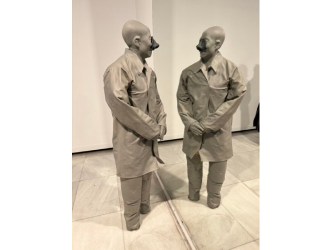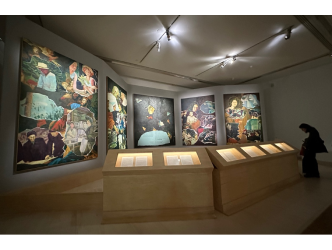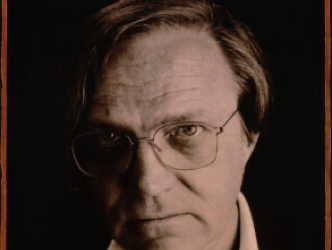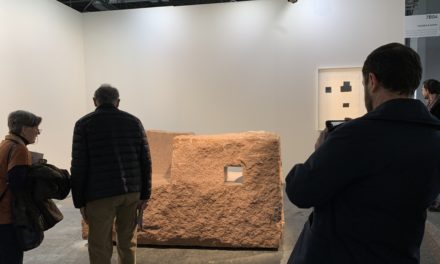Between painting and cinema
In the 1970s, when photography had yet to be seen as a “noble” art, he invented a new kind of artwork. The Canadian photographer Jeff Wall (born in 1946) had the idea of magnifying his large-scale images using huge, heavy backlit boxes. Monumental and luminous, these revolutionary photos were somewhere between painting and cinema. Especially since they often addressed themes relating to art history.
I will never make films
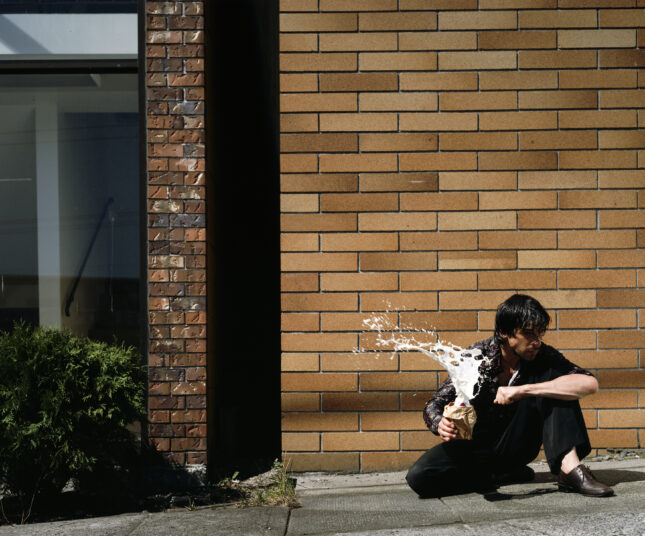
At the same time they also strangely resembled stills from a film that’s never been made. Like huge screens eternally fixed in place… Jeff Wall likes to describe his images as “tableaux”. But the Vancouver-born artist did not want to be a painter. “I turned away from it when I started out.” He had no desire to be a filmmaker either: “I fell in love with the photographic medium and I will never make films,” he says.
Dense retrospective
From 2006, with the aid of technology, he moved into making large-format, simply framed photographs which continue without doubt to make a major visual impact. To get a complete perspective of his oeuvre you have to visit the Beyeler Foundation in Basel, which is staging a dense retrospective of the artist’s work in 55 pieces. It’s a true feast for the eyes.
Donkey in a barn
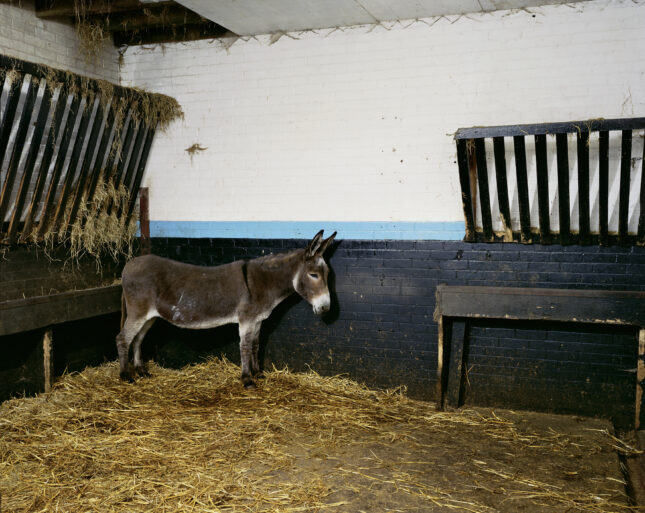
The subject matter can seem sometimes mundane and they all contain an enigmatic quality. Although Jeff Wall claims to be unaware of it, they also express – for the most part – a sense of solitude. This is true of his large portrait of a donkey in a barn, immortalized in profile in 1999. The donkey is us and it’s Wall like when Courbet portrayed stags being tracked by hunters in the 19th century.
Ralph Ellison
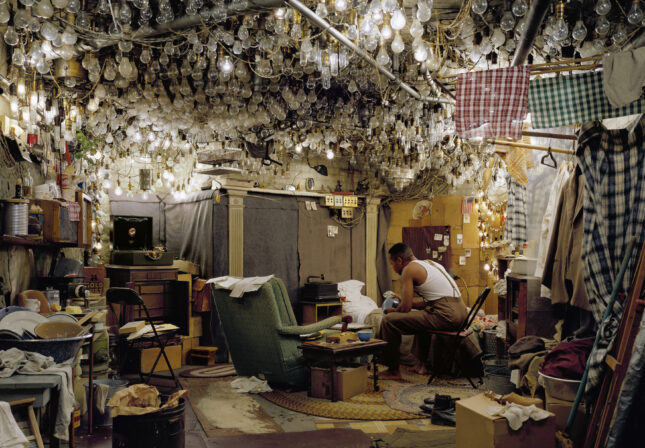
Dating from the same year, one of his masterpieces shows a strange scene: in a windowless, messy room, a black man sits with his back to the camera. The ceiling is covered in electric lightbulbs. The image illustrates one of the opening scenes of “Invisible Man”, the now legendary novel by Ralph Ellison about the black experience in America. It’s a photograph that is literally illuminated, which touches on the theme of light.
Summer Afternoons
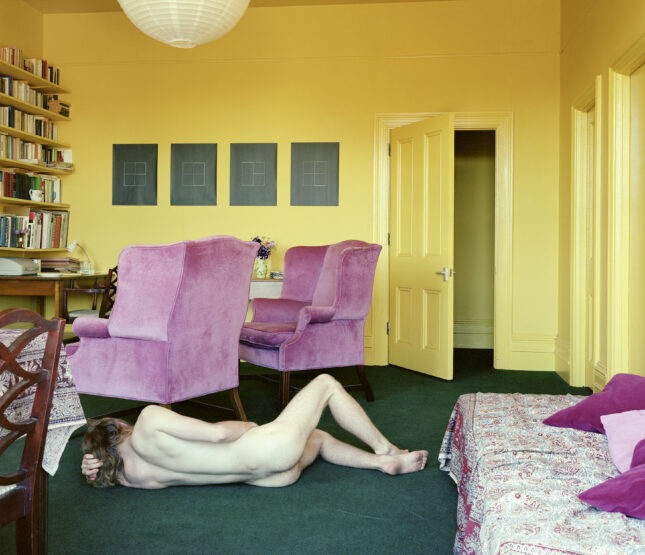
“I picked up the novel and after half an hour of reading I was struck by this description. It was an image for me. This inspiration was a total accident. A photo can start with anything. Then there’s the process of making the image… It has to convince me. It rarely takes less than a year,” explains the artist. Among his most recent tableaux we’re stopped in our tracks by the beauty of “Summer Afternoons”, a diptych measuring almost 5 metres long in total, depicting respectively a man and a woman, nude, each seemingly overcome by the heat.
Edward Hopper

Jeff Wall
The yellow walls in the background dance with shadows. The young woman is pensive. It’s reminiscent of an Edward Hopper painting. But seen from afar we note the lounging figure also resembles Manet’s Olympia, offering her body to the viewer. Up close, however, we observe a contemporary interior with a green carpet, a corner of a pink armchair, a door ajar by a dining table. This possible double vision is what makes the image truly magnetic.
Infinite number of scenarios
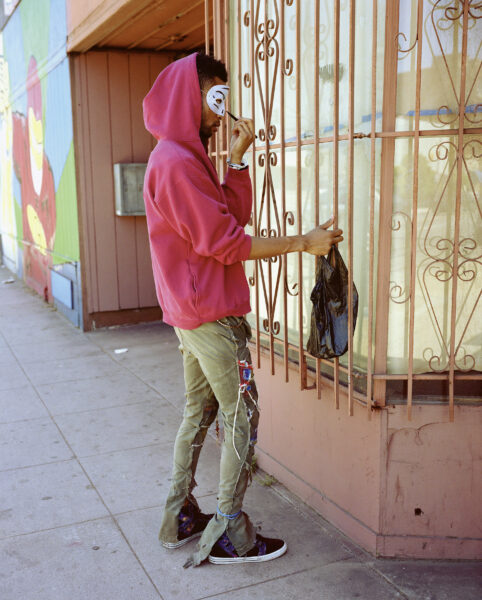
The power of Wall’s creations lies in the fact that, as in all great works of art, the viewer can project an infinite number of scenarios. It’s in the mind that the imaginary film plays out, where the hero is the donkey, the “Invisible Man”, and the entire army of characters immortalized by the artist.
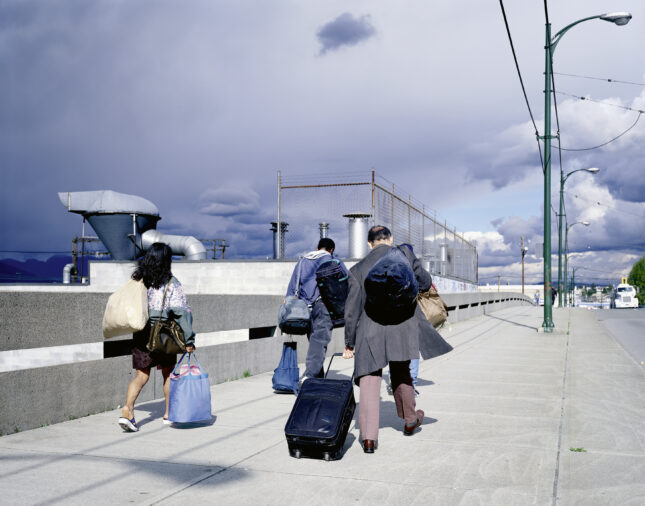
Rodney Graham
The final question I asked the artist during the video interview was about his relationship with another artist from Vancouver who, in a different way, also used the principle of lightboxes, the genius Rodney Graham. I interviewed Graham in 2016 for his exhibition at the Consortium in Dijon (see the report here). He died in 2016. Jeff Wall replied simply that Rodney Graham was his friend for 50 years. May this be a tribute to his memory.
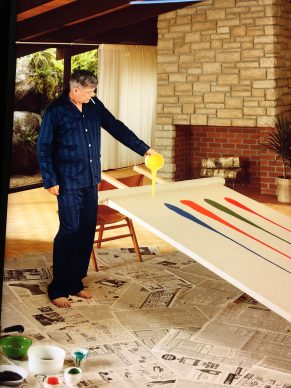
Rodney Graham
Until 21 April. www.fondationbeyeler.ch/fr/expositions/jeff-wall
Support independent news on art.
Your contribution : Make a monthly commitment to support JB Reports or a one off contribution as and when you feel like it. Choose the option that suits you best.
Need to cancel a recurring donation? Please go here.
The donation is considered to be a subscription for a fee set by the donor and for a duration also set by the donor.


